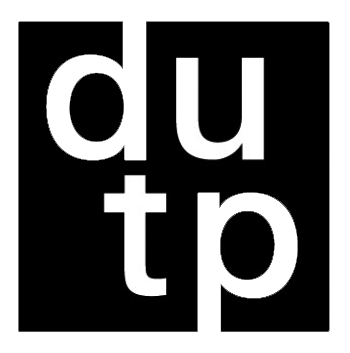URBAN IMAGINARIES AS A MECHANISM OF DEPOLITICIZATION. THE FRAGMENTED CITY
Functioning, emergence and history of the imaginaries of urban fragmentation
DOI:
https://doi.org/10.5821/siiu.13020Abstract
Urban imaginaries qualify the space and produce cognitive maps that allow people to orient themselves in the complex framework of the city and position themselves with respect to the different groups that inhabit it. They also prescribe which spaces belong to the city and which actions can be carried out in them. Urban imaginaries normalize urban practices and spatial production. They work as biopolitical devices of governance, whose purpose is the depoliticization of urban space and the expropriation of spatial commons. Urban imaginaries of fragmentation generate differentiated cognitive maps for each group, disconnecting spatial conceptions and the demands of the global urban structure, preventing the creation of autonomous frameworks for action. Since its origins, the urban planning has fragmented the city, favouring the interests of the dominant classes and producing these imaginaries. This research studies its mechanisms and the history of its construction.
Downloads
Published
Issue
Section
License
Copyright (c) 2024 Creative Commons

This work is licensed under a Creative Commons Attribution-NonCommercial-ShareAlike 4.0 International License.
Aquellos autores/as que tengan publicaciones con esta revista, aceptan los términos siguientes:
- Los autores/as conservarán sus derechos de autor y garantizarán a la revista el derecho de primera publicación de su obra, el cuál estará simultáneamente sujeto a la Licencia de reconocimiento de Creative Commons CC BY-NC-ND- 4.0 que permite a terceros compartir la obra siempre que se indique su autor y su primera publicación esta revista, pero no se pueden cambiar ni se pueden utilizar comercialmente.
- Los autores/as podrán adoptar otros acuerdos de licencia no exclusiva de distribución de la versión de la obra publicada (p. ej.: depositarla en un archivo telemático institucional o publicarla en un volumen monográfico) siempre que se indique la publicación inicial en esta revista.
- Se permite y recomienda a los autores/as difundir su obra a través de Internet (p. ej.: en archivos telemáticos institucionales o en su página web) antes y durante el proceso de envío, lo cual puede producir intercambios interesantes y aumentar las citas de la obra publicada. (Véase El efecto del acceso abierto).











